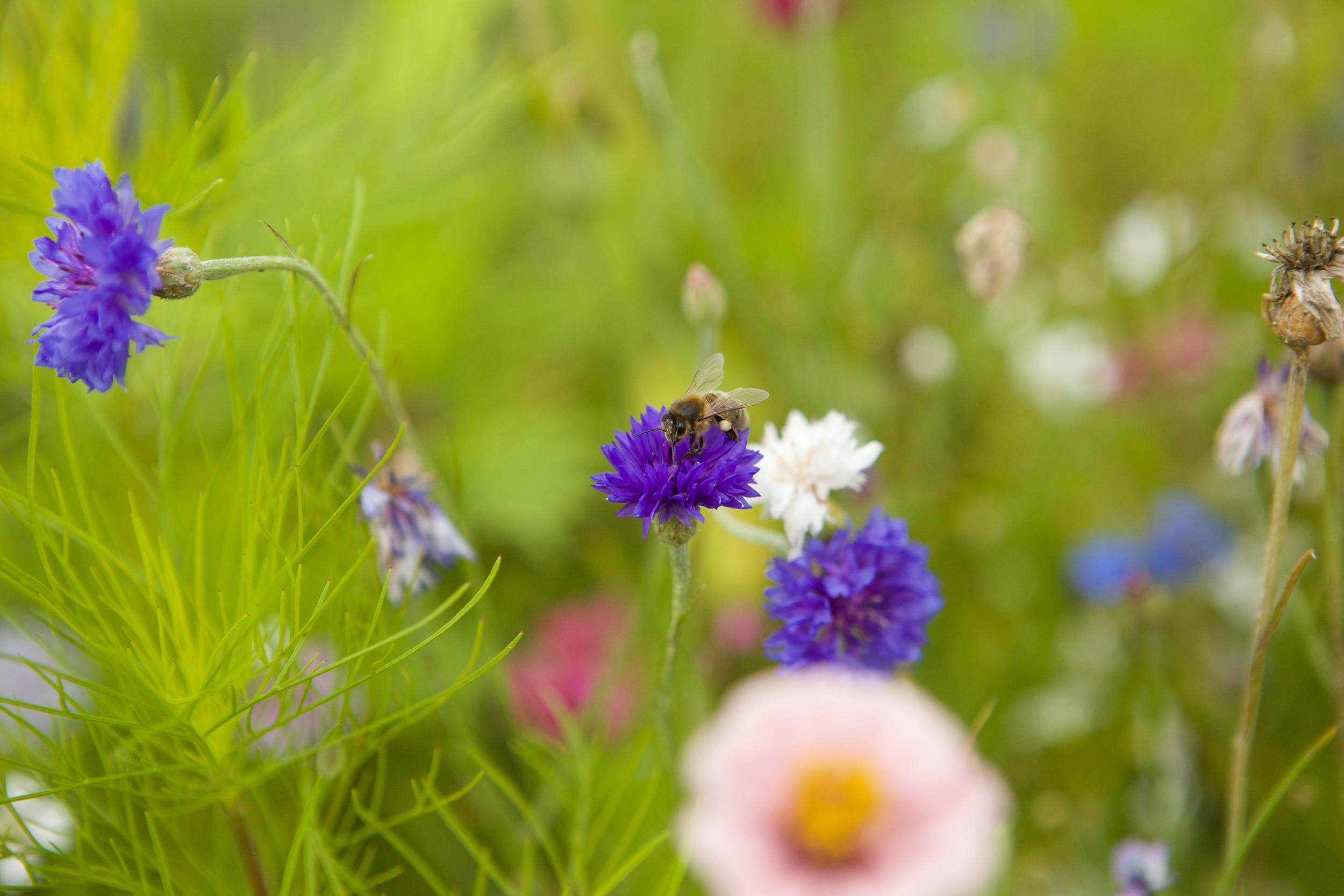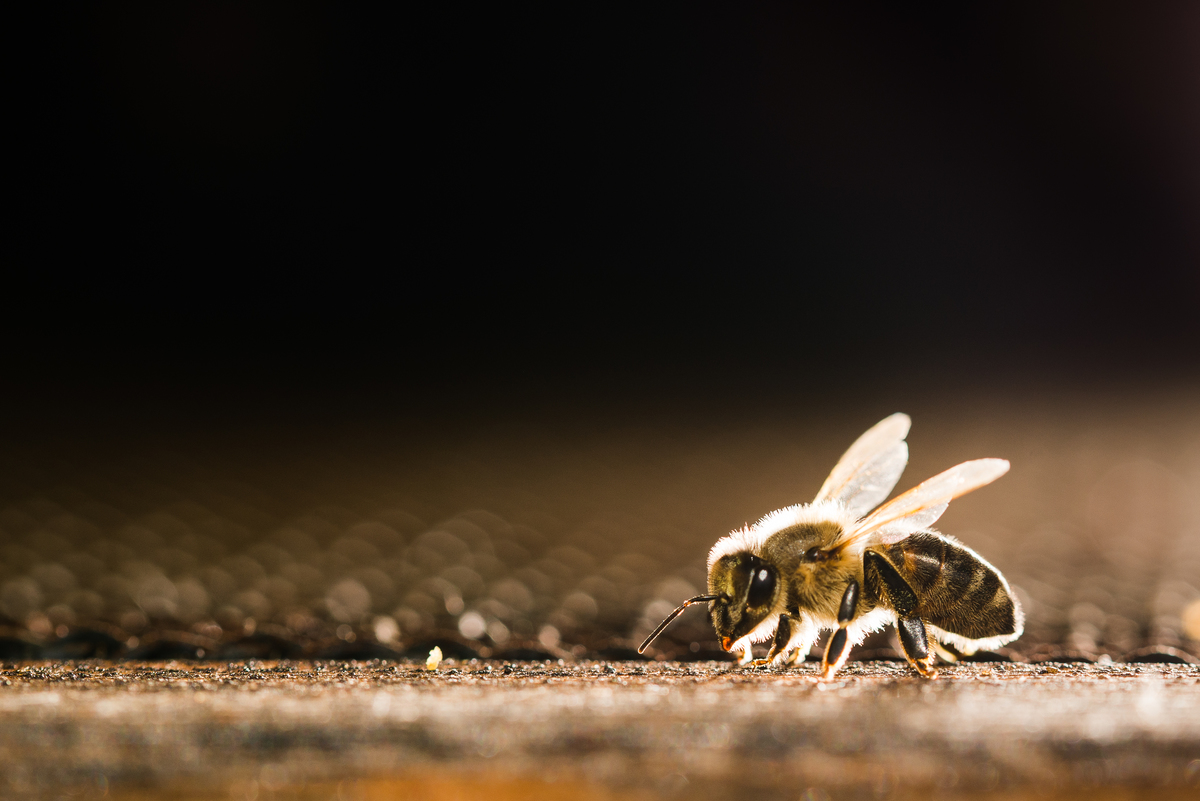Bees are our tiny allies. They help to pollinate much of our food and play a critical role in sustaining ecosystems worldwide. But in recent years, bees have been hit hard, with a third of UK bees disappearing in the last 10 years and a quarter of European species at risk of extinction. Bees urgently need our help.
As well as petitioning the government for a ban on deadly pesticides, there’s lots we as individuals can do to protect these incredible pollinators and help their populations thrive.
Here are five practical ways you can help:
1. Ditch the lawnmower
While a beautifully manicured garden can appeal to those with lawns, regular mowing can remove vital food sources for pollinators like bees. Consider keeping at least a bit wild and overgrown or trimming on a lighter setting to let the grass grow a little longer. Wildflowers rich in pollen, such as dandelions, clover, daisies and plantains, will help bee populations thrive.

2 . Say no to pesticides!
This one is an easy no-go. Common pesticides containing neonicotinoids (thiacloprid and acetamiprid) kill bees! They are still approved for home and garden use and are available today at most garden centres and DIY shops. Read the labels and avoid using them.
3. Provide drinking water
You may not be able to picture bees drinking, but a source of clean, safe water is vital for wildlife, especially during the summer. If you want a thriving bee population, give them safe watering stations to quench their thirst without drowning. This could be as simple as a dish of water with some pebbles in it.

4. Plant a variety of flowers
Variety is the key to a successful bee home! Many different colours and flower shapes will attract more bees and make them stick around. While planting a variety of flowers that bloom at different times of the year will help to provide a continuous food source for bees.
Bees are more likely to take notice of a big group of flowers clumped together over one flower on its own. So, if you have a garden, planting flowers close together will make it easier for bees to navigate and find food.
Potted plants and window boxes are a great alternative if you don’t have a garden. You could also encourage your local council to plant pretty drifts of wildflowers in public places: they are low-maintenance and very bee-friendly.
5. Join our free Bee Hero Course
Want more tips on how you can help save bees? In just five emails, you’ll learn how to identify different bee species, create a bee paradise that attracts and supports bees, and be a part of the movement helping to get our planet buzzing.



